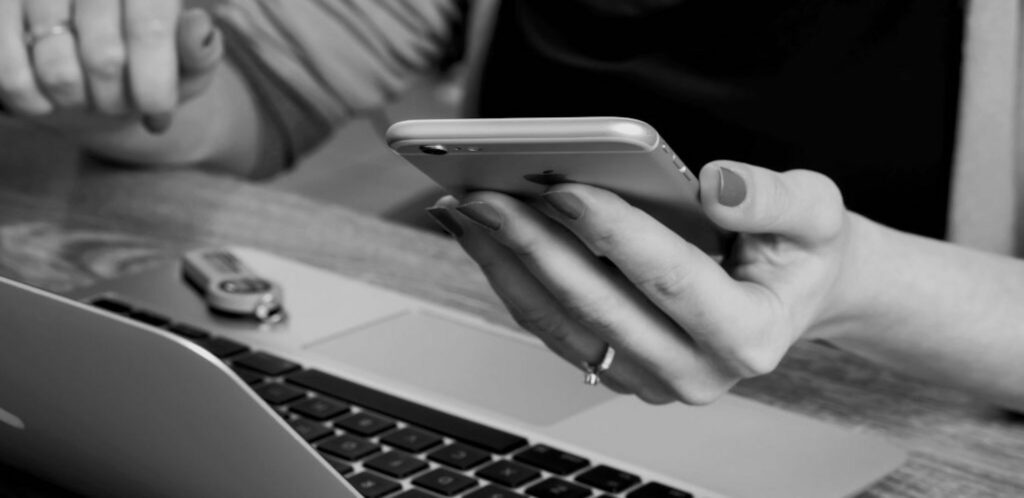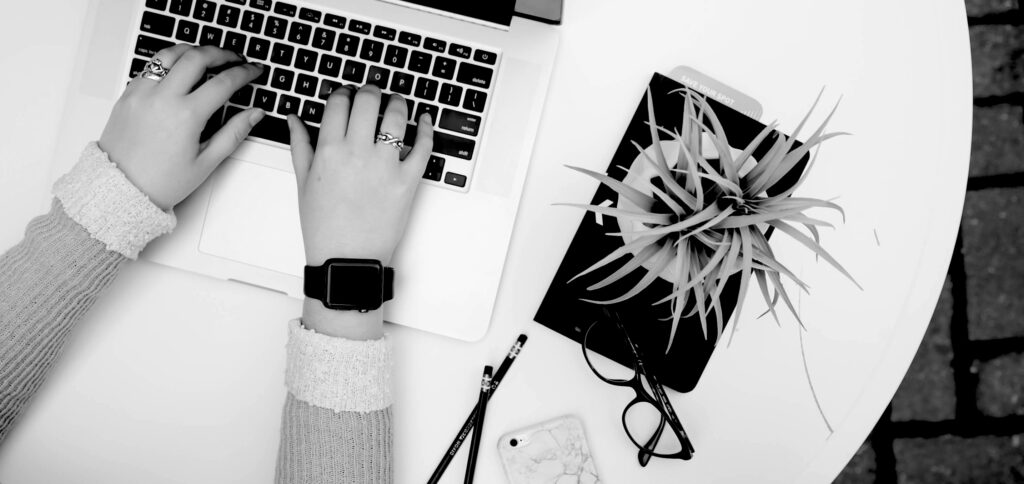In the design of systems, it is often what we cannot see that is the most valuable.
In our emotional design as people, it is the trillions of molecules that inform our feelings about who we connect with and why. In the design of our workplaces and social gatherings, it is the air of culture that floats around us forged through our interpretation of conversations and side glances. And in the social design of digital, mobile and wearable technologies it is our web of data and its DNA that is the strongest tie. It is also the most profitable.
It is our web of data, that while we cannot see it, it is there. It lives as we live and also long after we do. We are wedded to it and it weds us to many of the systems we float through and play with. The data helps to create those systems in a symbiotic relationship that keeps us socially, personally and psychologically stuck. A system where we are “sometimes” asked to provide data openly in order to participate (“Sign in” and “Accept Cookies”), but not always (“Cross-device Tracking“) and it can be hellishly difficult once you do have an account to unsubscribe or request account deletion (“Delete me”).
These are systems that live between devices (“All of them”), in which occurs an on-going dialogue of server-client interaction. A dialogue where we are rarely in the conversation but are most certainly the topic of it. And all the while, the system collects, stores and with human interpretation applied … profiles and segments us in different ways and for different reasons.
People — like me (and unlike me), use the science of data, of language, of statistics, of socio-psychology and technology and the art of human-centered design to gather data and information. Data such as — what people do, why, who they talk to and are connected with, where they go, how healthy they are, who they voted for or didn’t, who are their friends and much much more. Some claim their intent is ‘to learn and understand you’ or ‘to tailor services to you’ and then the data collected is used to profile you behaviorally, psychologically and personally.
For what some consider “clever systems”, systems like those we see portrayed in films like Her, your profile is created over time as the system learns about you, and the system experience changes dynamically as you change.
In this act, judgments are made about you as it is personalized to you.

Through the experience of each interaction, we become seduced not just by the ease and convenience, but by what some people call “good design” — a design that feels intimate, personal, sometimes social, and increasingly very very human. The design we come to trust and enjoy as well as the design that may evoke in us, a state of flow — a state that social theorist Mihaly Csikszentmihalyi says is the secret to happiness.
In all of this, “we” play a role in the design of these systems. Not just the data scientists, the tech developers or UX designers, and artists … but all of us, everyday people. Our world is shaped by our participation in it.
Willingly or not, we play a part, a character up on stage by sharing who we are, what we feel, do, and believe, and who we give ourselves, our data, and our DNA access. For many organizations, we are walking talking data factories, ”we” are the ’unpaid laborers’ of sites like Facebook, and Google as well as lifestyle and fitness apps and many others.
Knowingly or not we share parts of our story publicly nearly every moment of every day. From the Fitbit on your wrist tracking your bio-metrics (“My heart rate is …”), to the cell phone in your hand and its plethora of apps as an extension of yourself (“I am so lost without it”), especially for some teenagers (“I’d rather give up my kidney than my phone”), to the searches you do with Google for the things most personal and secret to you (“No one knows what I Google … right?”) and the social media profiles you update and respond to every minute of every day (“… cause I am afraid of missing out”). Increasingly, through all this I find myself wondering — where do I end and where does my data begin? (“It is my data, right?”) and who has access to it (“My data is safe, right?”).

We are living in a sticky world and we stuck in a web of data — mine, yours and everyone else’s, personal and impersonal, big and small, current and out of date. This is a web where to interact, to connect, to communicate, to respond and to receive a human-like experience … we are seduced to give more of ourselves and often to people we do not even know — total strangers.
We play within a web of systems designed for us to leave a trail of data breadcrumbs behind us. Data that from the smallest molecule to the biggest of data set is …
… the currency of now, to be sold, shared, hacked up and you and your friends — profiled.
… used in different ways by different parties and for many different reasons — for the greater good and not.
… a liquid living pulse that flows through your networks veins, keeping you alive online, telling a story about you, a story you are forever wedded to.
This web of data, is rarely yours to own, to access, to be creative with and especially for some data — the data we might want to erase —- “it is very complicated to delete it.”
These are the invisible ties we are strongly wedded to; a web of knowledge about us yet invisible to us.
These are some of the reasons I got involved and started collaborating with artists, Blast Theory and National Theatre Wales on the creative work, Karen. With this project I wanted to explore in a creative, artistic and personal way the relationships we have with our data, our identity, who we are willing to share it with and how especially how the design of the system plays a role in our willingness to share, knowingly or not.
Karen: An app that psychologically profiles you as you play. Or does she?
Karen is a new work by Blast Theory, developed in partnership with National Theatre Wales. Co-commissioned by The Space and 539 Kickstarter backers. Karen has been developed with support from the Mixed Reality Lab at the University of Nottingham and in collaboration with Dr Kelly Page. You can learn more about Karen from the different partners: Blast Theory, The Space and National Theatre Wales. You can also visit the Karen research blog and follow #karenismylifecoach on Twitter.

